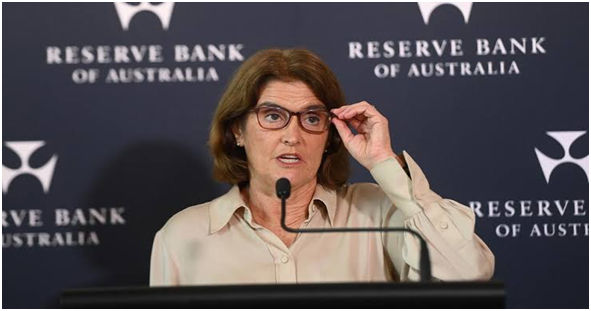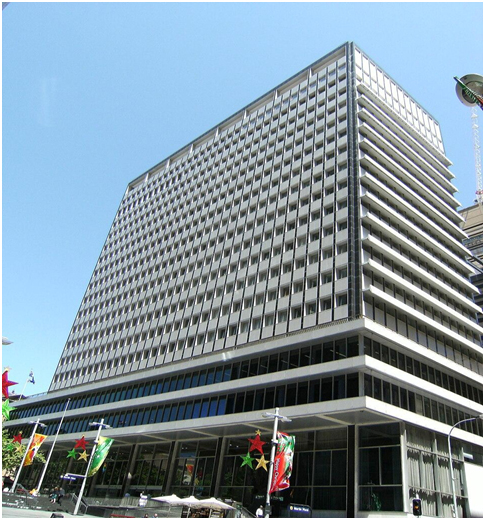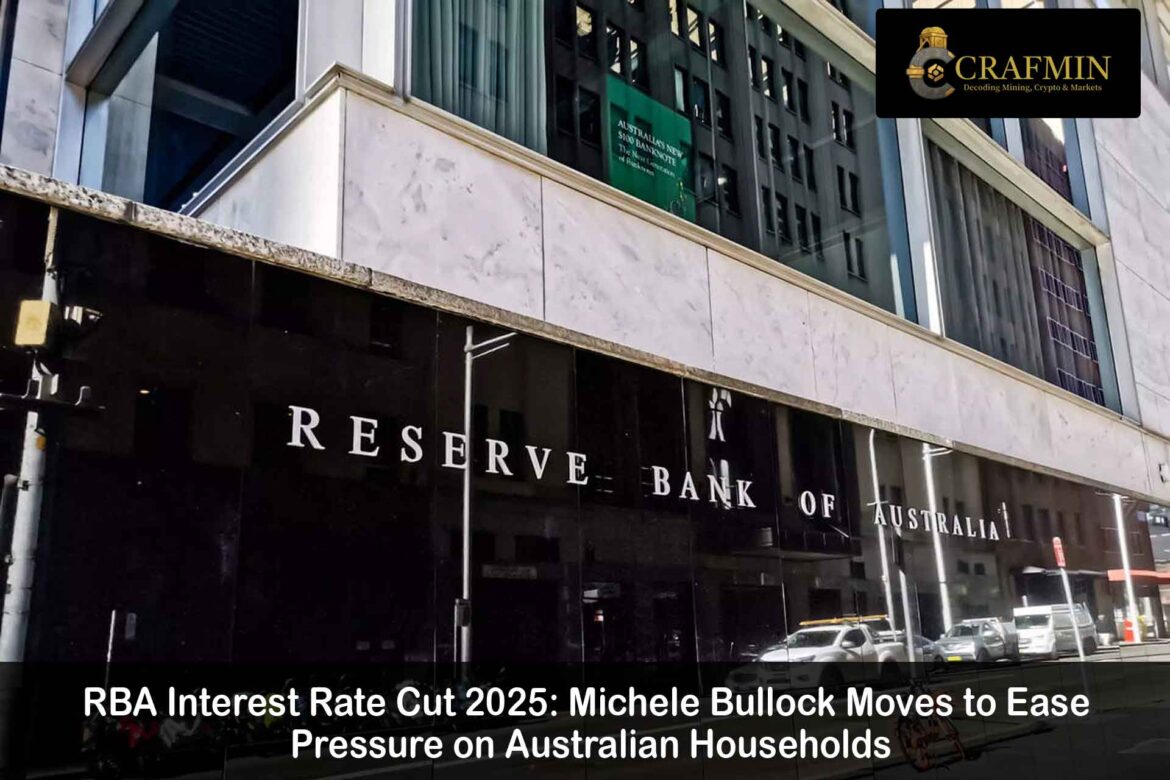The Reserve Bank of Australia (RBA) has delivered a long-awaited interest rate cut in May 2025, marking a turning point in monetary policy after nearly two years of restrictive settings.
With inflation softening and household consumption showing signs of fatigue, RBA Governor Michele Bullock announced a 25-basis-point reduction in the official cash rate—taking it from 4.35% to 4.10%. This move brings cautious optimism to mortgage holders, small businesses, and the broader economy as Australia navigates a delicate path toward recovery.

Image 1: Michele Bullock during the RBA press conference
Source: The Australian
Why the RBA Interest Rate Cut 2025 Matters Now
After a prolonged battle to contain inflation, which peaked at 7.3% in late 2023, the central bank is now pivoting toward stimulating growth. The RBA May 2025 rate cut reflects easing consumer price pressures and the need to restore momentum to flagging retail sales and housing construction.
According to Bullock, recent data shows inflation has returned closer to the RBA’s target band of 2–3%, albeit with caution around core services inflation and wage-driven pressures.
“The economy is adjusting,” she stated. “While risks remain, we believe a modest rate reduction is warranted to support sustainable growth.”
Mortgage Relief Australia: What It Means for Borrowers
One of the most immediate effects of the RBA interest rate cut 2025 is mortgage relief for Australian households, many of whom have endured record repayments under a high-rate environment.
With lenders expected to pass on the cut in full or in part, the average borrower could save between $60 to $120 per month, depending on loan size and term.

Image 2: A young couple reviewing mortgage documents at a bank
Source: [Getty Images – Mortgage Consultation]
However, economists warn that the relief may take several months to ripple through the economy. Many borrowers remain on fixed-rate terms set during the earlier rate hikes, and not all banks are guaranteed to adjust rates equally.
Business Outlook and Housing Implications
Small and medium enterprises (SMEs) in retail, hospitality, and construction have been among the loudest advocates for a rate cut, citing shrinking margins and delayed investment decisions.
Lower borrowing costs may now encourage:
- Uptick in residential building approvals
- Improved business credit conditions
- Boosted consumer confidence
That said, property analysts note that any sharp acceleration in home prices could reignite affordability concerns—something the RBA will be watching closely.
The Bigger Picture: Michele Bullock’s First Major Policy Shift
This RBA interest rate cut 2025 marks the first major easing move under Governor Michele Bullock, who took the reins of the central bank in September 2023. Bullock has walked a fine line between credibility and flexibility—maintaining firm inflation messaging while also acknowledging the strain on households.
Her leadership is increasingly defined by pragmatism, and this rate cut may signal a more adaptive monetary policy approach moving forward.

Image 3: RBA headquarters in Sydney
Source: [Wikipedia Commons – Reserve Bank of Australia]
What’s Next for the Reserve Bank of Australia?
The big question now is: will more cuts follow?
Economists are divided. Some suggest a second rate cut could arrive by Q3 if inflation remains subdued and wage growth normalises. Others caution that any hint of global volatility or energy price spikes could delay further easing.
Key indicators to watch in the months ahead:
- Inflation expectations (especially in services)
- Labour market resilience
- International commodity trends
- Retail and housing sector performance
The Reserve Bank of Australia will also publish its Statement on Monetary Policy next month, which may include revisions to GDP and inflation forecasts based on the latest trends.
Also Read – RBA Interest Rate Decision April 2025: Cautious Pause Amid Rising Household Pressure
Conclusion: A Cautious Step Toward Recovery
The RBA interest rate cut 2025 signals more than just a numerical adjustment—it’s a recognition that the economy is shifting gears. With inflation cooling and households stretched, the RBA has opted to support demand and protect employment without abandoning its price stability mandate.
As Michele Bullock emphasised, this is not the start of a dramatic easing cycle but a “measured step” toward balance.
In a complex global landscape, the Reserve Bank’s next moves will be closely scrutinised. For now, Australian families and businesses can breathe a little easier—and hope that May 2025 marks the beginning of a more stable financial chapter.

